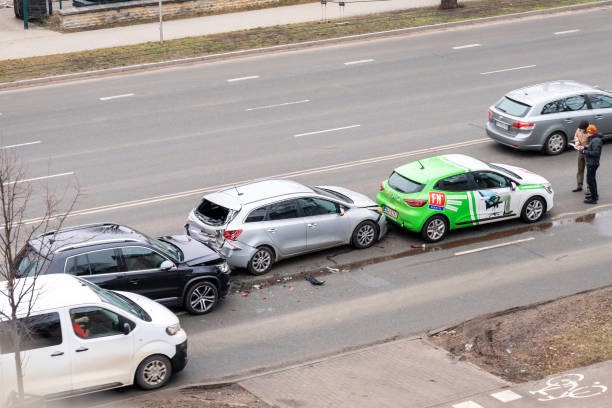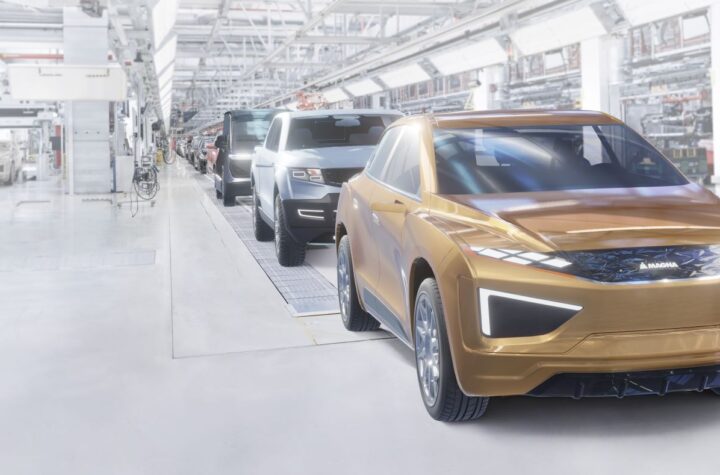
Italian Love Affair: Why Italians love their cars, so long as they are small.
Rome — Italians love their cars, and these days they love their diesel cars more than ever, according to Gianni Filipponi, director general of UNRAE (Unione Nazionale Rappresentanti Autoveicoli Esteri ) which is the organization that represents all the importers in Italy — in other words, just about every car maker except for those under the FIAT umbrella — more on that later.
 |
| Mini cars, like this Fiat Seicento, make up 55 percent of the Italian market. |
There are more than 33 million cars on Italy’s roads in a country of 58 million. To put that in perspective, Germany, with a population of 82.4 million has 44.6 million cars on its roads while the U.K. has a population of 60.2 million and 28.4 million cars on its roads.
Hardly surprising, says Mr Filipponi, that 21.4 percent of the Italian government’s income is derived from the automotive sector. Italy is, historically, Western Europe’s third largest new car market with annual sales of between 2.2 million and 2.4 million cars. Germany, with around 3.2 million is the biggest and recently the U.K. has been the second biggest on about 2.5 million annual new car sales.
The problem for car makers selling in Italy is that while Italians love their cars, they love them small. And we all know that that is the hardest part of the market in which to make a profit.
Cars in the smallest A and B categories — the city car and super-minis like Fiat Seicento and Ford Fiesta — take at least a 55 percent share of the Italian market, says Filipponi, while in the rest of Western Europe those two smallest categories of cars take around a 35 percent share. “It’s big numbers, but it’s not big profitability,” he says.
Filipponi’s organization is predicting that the diesel share of the market will grow from the current 47 percent to 55 percent in 2005. The average share of diesel in the EU countries was 44.3 percent to the end of 2003.
“Up to 18 months ago, particulate emissions from diesels were seen as an issue. Now, diesel is seen more and more as a plus for the environment with only a small doubt over particulates and the main course of particulates is from sources other than cars,” says Filipponi.
Another issue which has come to the fore recently is that of vehicle recalls, thanks to the efforts of Filipponi’s organization. “Until recently, recalls were almost swept under the carpet. Now there is almost a race among importers to get recall notices out because they are seen as a safety issue and caring for the customer.” In the last three years there have been 300 recalls affecting 1.5 million cars, says Filipponi.
Like the U.K. and France, Italy is also in the middle of a campaign against 4x4s, or SUVs as you call them on your side of the Atlantic. Cynics might suggest that this is because Fiat doesn’t have any real 4x4s in its line-up. Despite this, the market share of SUVs has grown from just 1.88 percent in 1997 to 5.74 percent — the equivalent of 112,463 vehicles — in the first 10 months of 2004.
There’s another little campaign going on here as well, says Filipponi. It’s called the Made in Italy campaign and it is trying to persuade Italians to buy goods, especially cars, that are produced domestically.
“It’s really a pro-Fiat campaign. We all know that Fiat is in big, big trouble and its position is not helped by competing largely in the A and B segment where it’s difficult to make money.
“But Fiat is a national institution and very important to Italy, so Made In Italy is trying to help Fiat, and Fiat also controls significant parts of the Italian media like La Stampa (a daily newspaper).
“So the ‘buy Fiat’ — or don’t buy imports campaign — started softly. We argue that this is against European Union rules and that foreign car makers contribute to the Italian economy.
“We have a big pool of suppliers in Italy for companies like Volkswagen and PSA Peugeot- Citro?n and car importers are the single biggest investors in Italian advertising as well as having 16,000 dealerships between them.”
Filippino finishes his robust attack on what you might rightly think is a rather spurious campaign by saying that the Italian consumer is very sophisticated, not nationalistic and not easily fooled. Perhaps that’s why the importers’ share of the Italian market has risen from just 15 percent 15 years ago to 72 percent today.
This article was provided exclusively to Automotive Industries by Interchange, a U.K.-based automotive business agency and consultancy servicing media and corporate clients. Anthony Lewis is a partner in Interchange and can be contacted via e-mail at interchangenews@aol.com.













More Stories
From Gasoline Powered Cars To Electric Vehicles | Electric Moped Bike A Best Alternative
Rubbernecking: A Silly Reason for Car Accidents
Flexible Magna Manufacturing Solutions: The Key to Success in the Automotive Industry